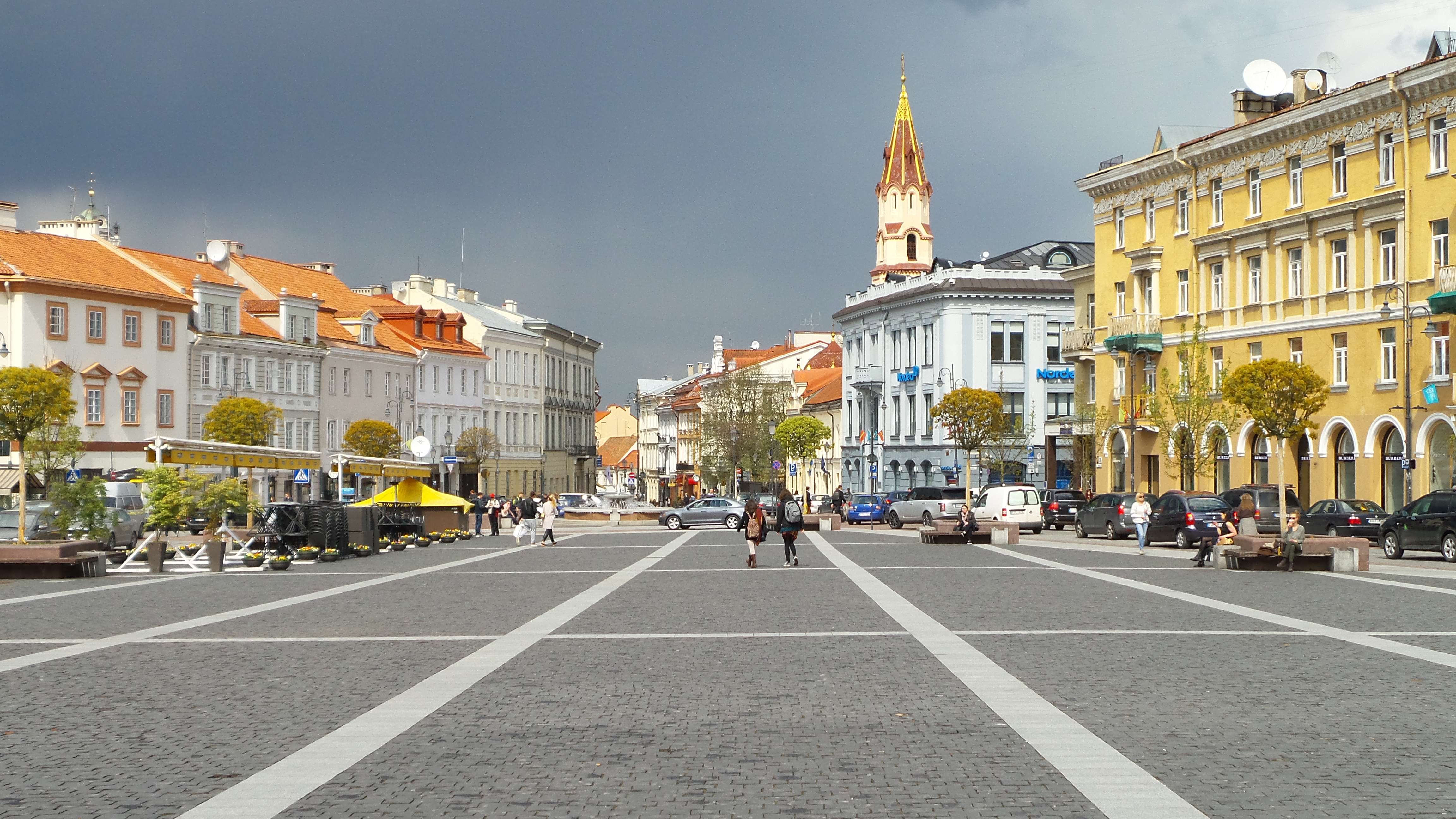My next adventure took me to Vilnius, Lithuania—a city steeped in history and cultural significance. I immediately sensed the weight of its past. UNESCO has recognized the old town as a World Heritage Site, reflecting its historical and architectural significance.
Formerly a site of occupation and tyranny, Vilnius has emerged as a highly tolerant city. It is awe-inspiring to think that human activity has been recorded here for over 11,000 years in this area ruled by former occupiers, masters, and tyrants. This Baltic country has less than 2 million citizens and as a relatively young independent country, Lithuania regained its freedom from the Soviet Union in 1991. The city’s transformation since then is remarkable.
Wandering through Vilnius, I marveled at its enchanting streets, lined with charming buildings that whisper tales of the past. The town hall, where George Bush once spoke, stands as a testament to Lithuania’s enduring spirit. At the heart of the city, the Vilnius Cathedral proudly commands attention. Originally a pagan sanctuary dedicated to the gods of thunder, fertility, and morality, it has stood defiant, and serves as a symbol of the last European country to stand against the brutal Catholic Crusades—a testament to Lithuania’s unwavering resilience. I took a long hike out to the countryside to see more of the beauty surrounding Vilnius.


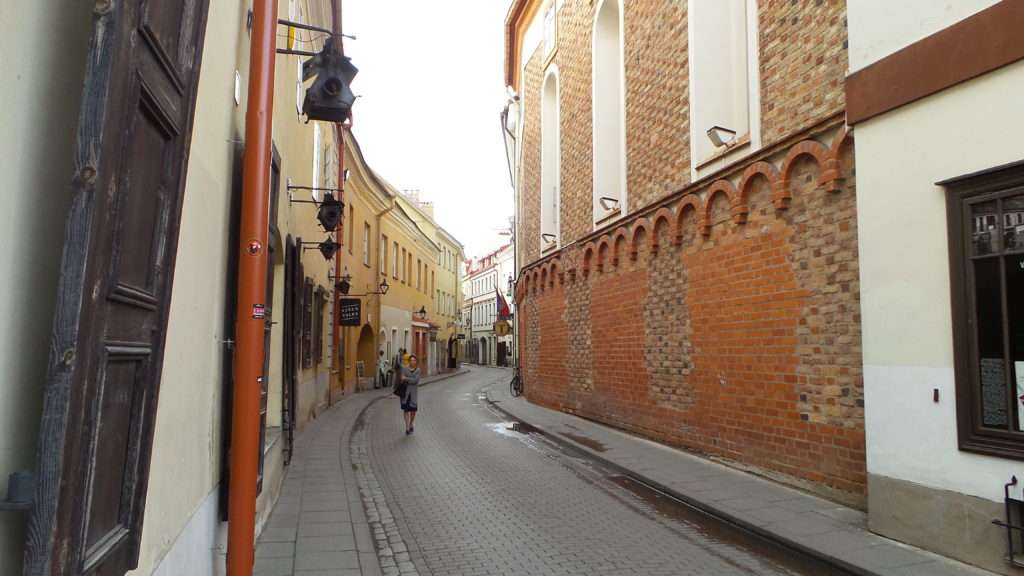
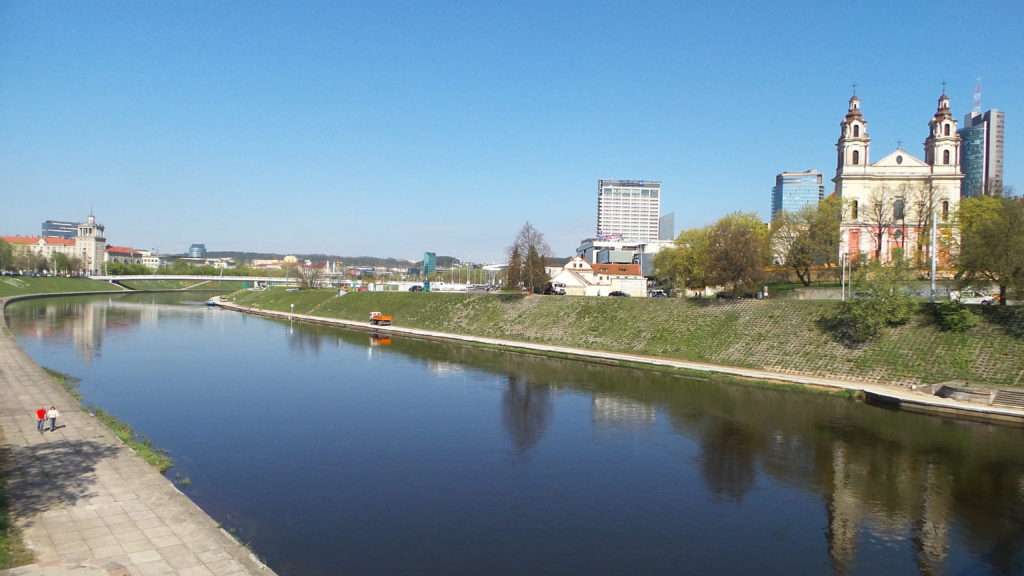
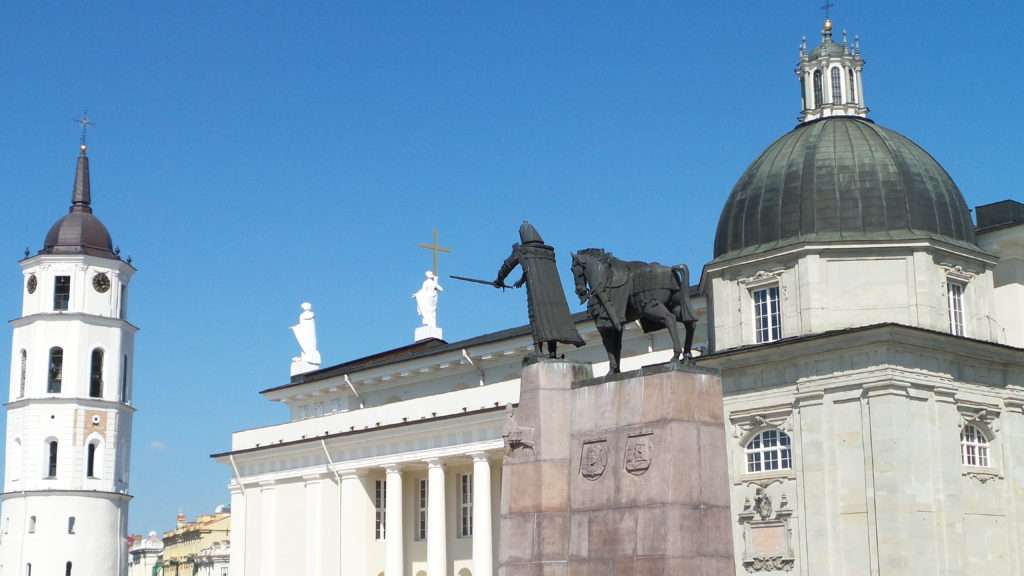
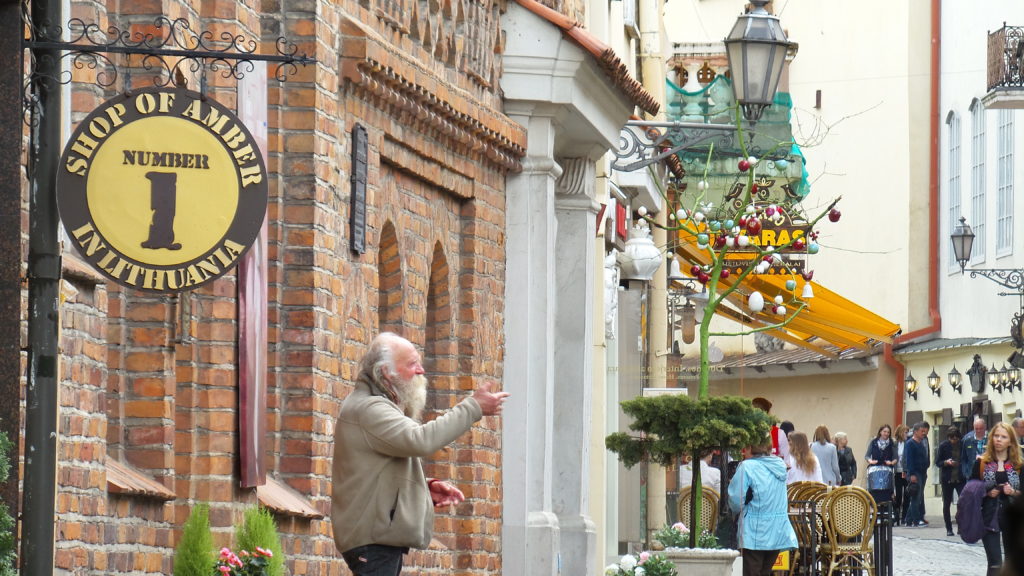
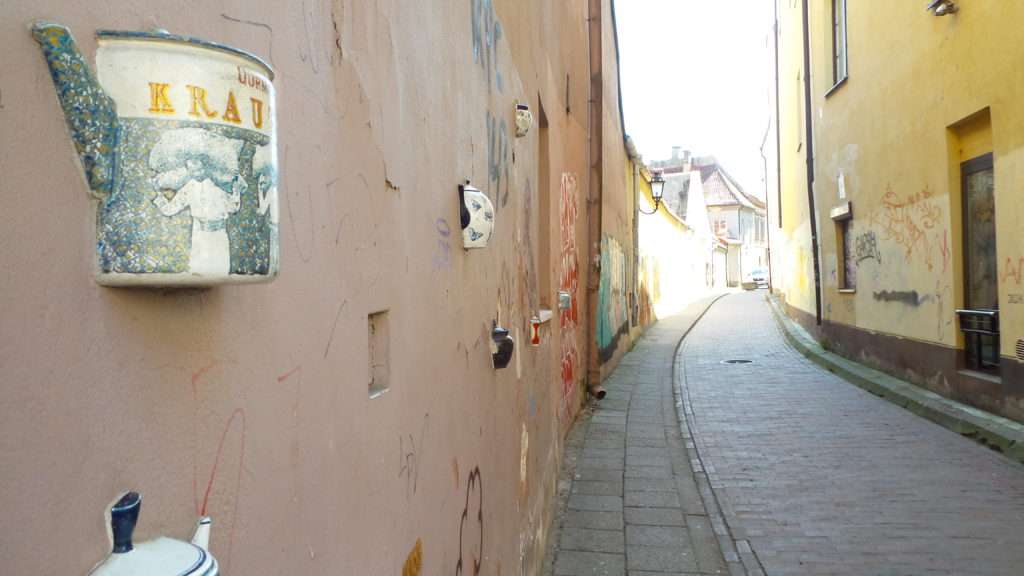


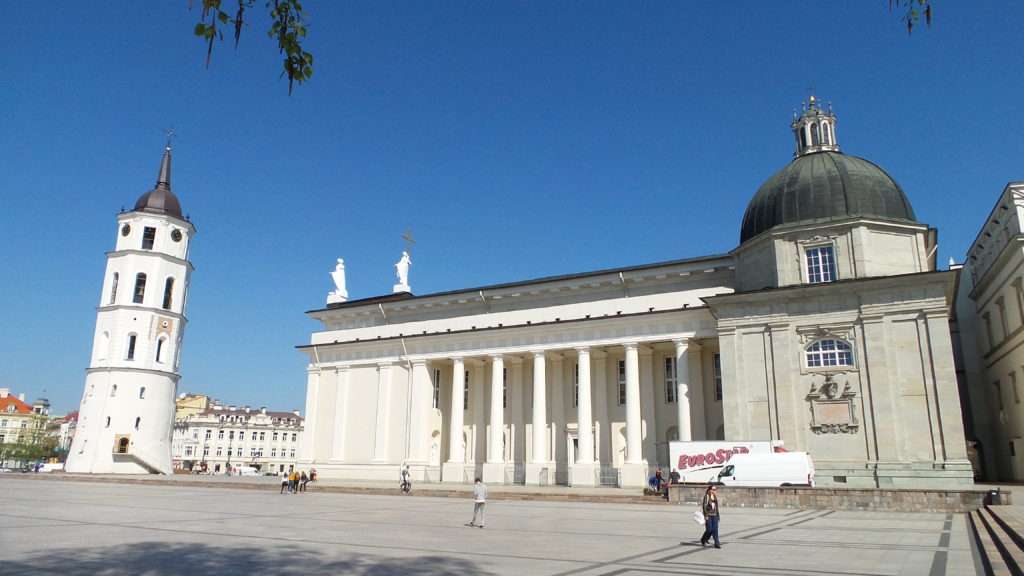
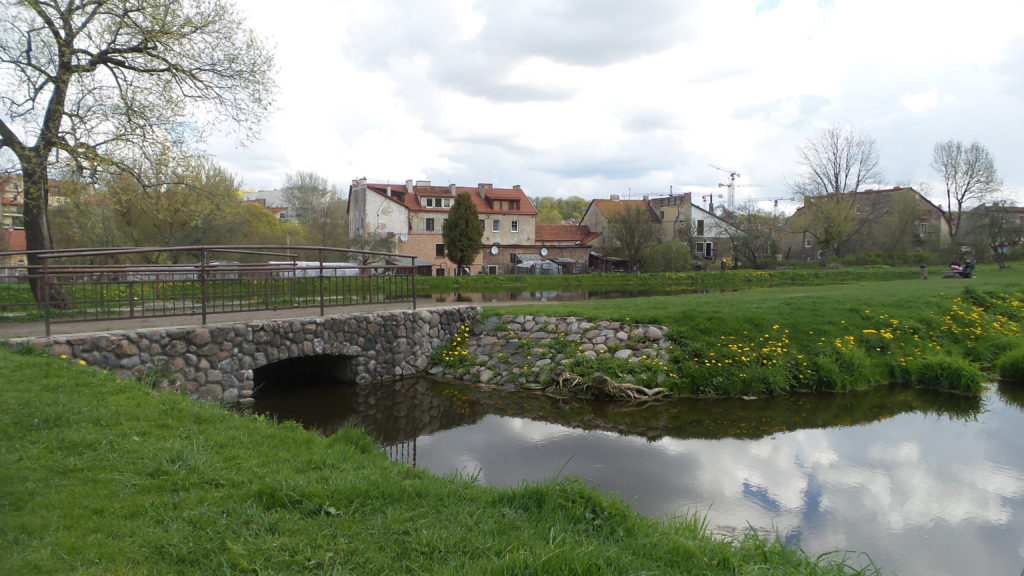

Lithuanian cuisine captivated my taste buds and my meals here seemed primal, somehat strange, yet full of unique flavors. Rye bread, considered a staple, is deeply cherished by the locals and it seemed to have an almost spiritual importance. I savored the legendary saltibarsciai—a chilled pink soup made of beetroot, sour milk (kefir), boiled eggs, lashings of dill and tiny potatoes. Its vibrant colors and refreshing taste left a lasting impression. Trust me, one taste and you will be blown away.
While poultry isn’t as prominent in Lithuanian cuisine, the abundance of wonderful sausages, pork, and fish showcased the country’s mastery of meat dishes. One culinary delight that stood out was the zeppelin—Lithuania’s famous potato dish. This colossal potato dumpling stuffed with various fillings, served with sour cream and garnished with cubed, fried bacon, was a true indulgence.
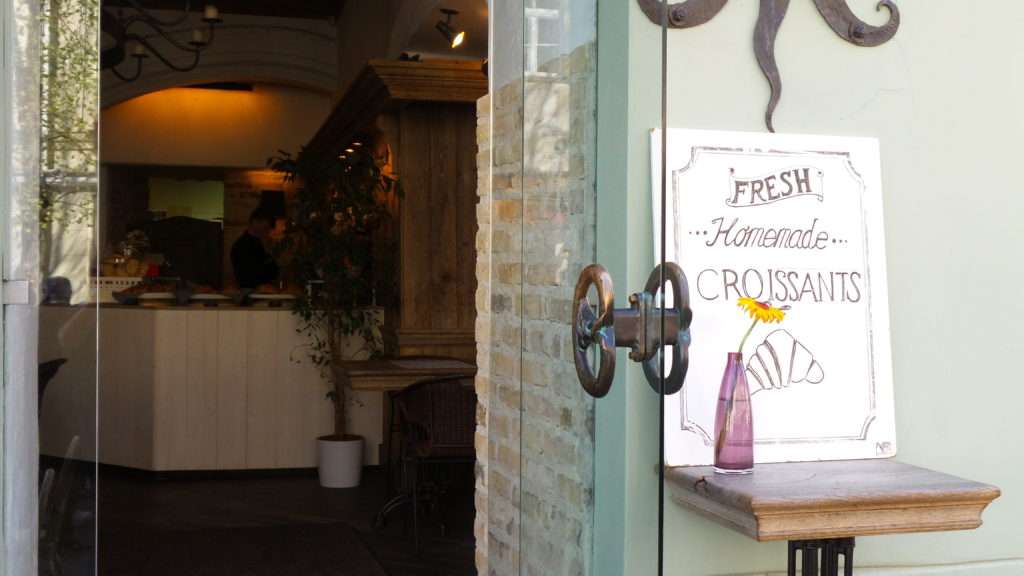
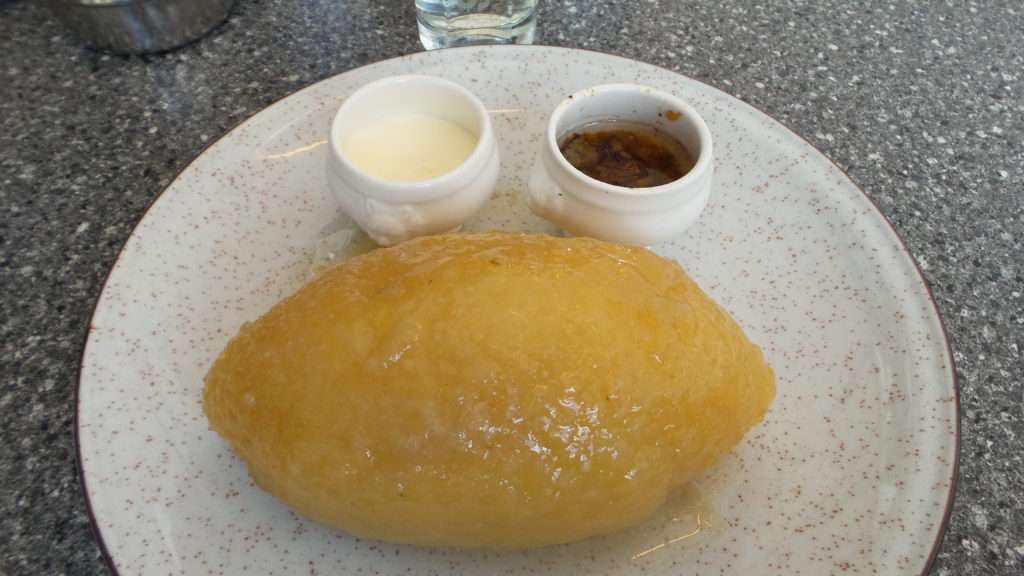

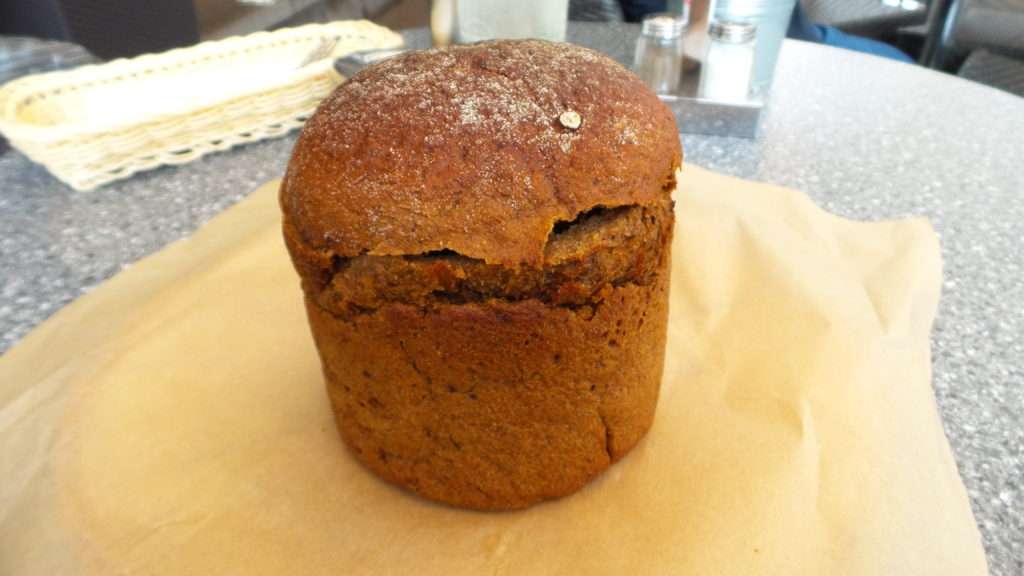
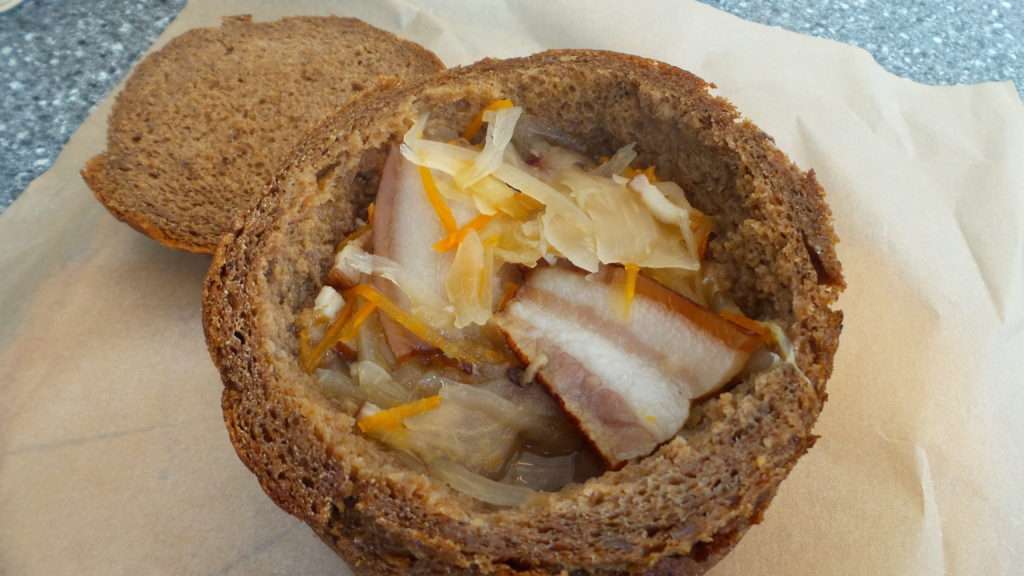
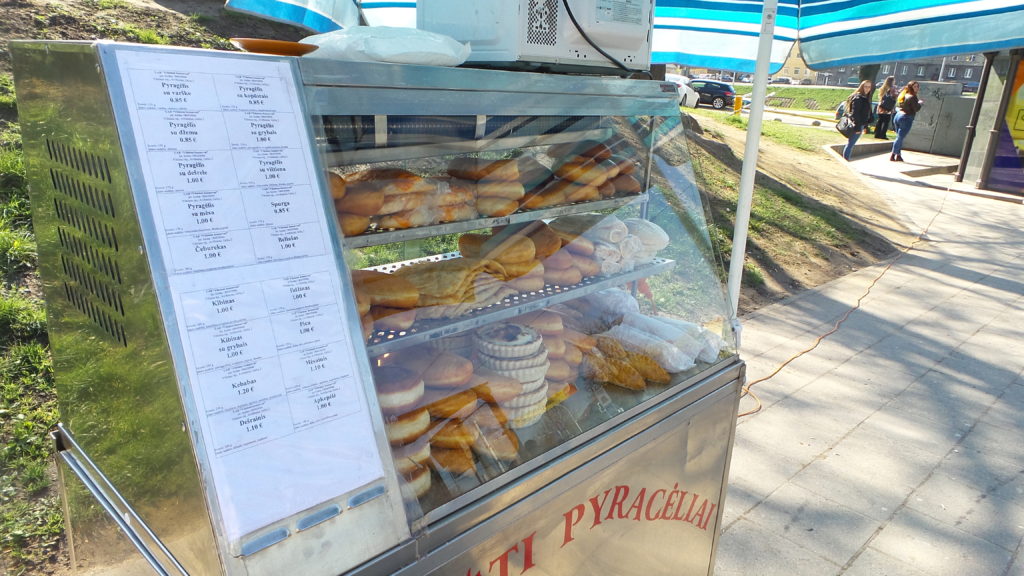

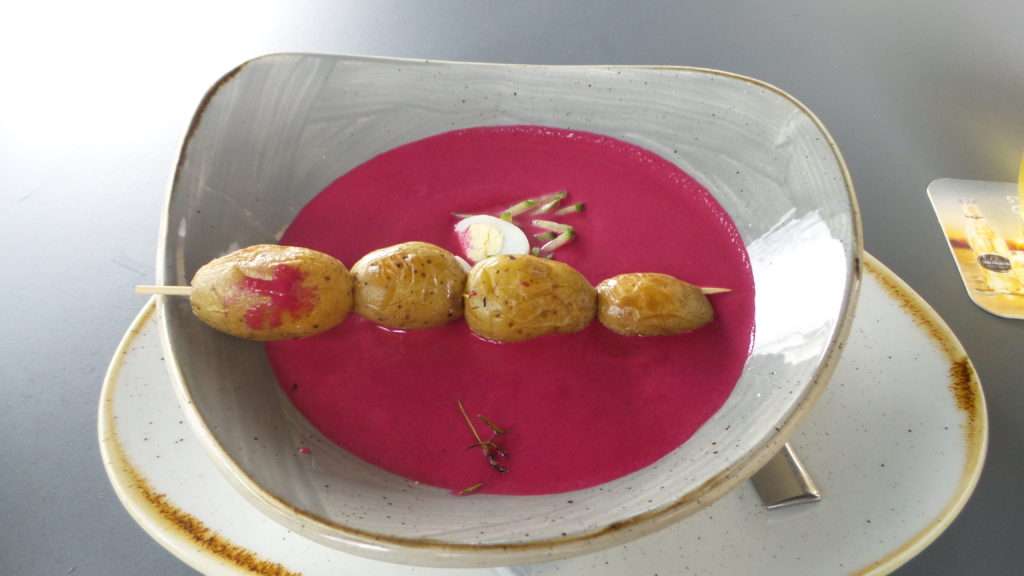
Lithuania welcomed me, and its people’s warmth and friendliness made my experience memorable. The country’s rich cultural heritage is evident in its love for traditional crafts, particularly the production of amber—a Baltic gem known for its beauty and symbolism.
Vilnius, Lithuania’s historic capital, captured my heart with its storied past, culinary wonders, and welcoming atmosphere. From exploring the UNESCO-listed old town to savoring traditional dishes like saltibarsciai and zeppelins, every moment was filled with discovery and delight. Lithuania’s rich cultural heritage, combined with the genuine hospitality of its people, made this Baltic country a truly remarkable destination. If you’re seeking a blend of history, unique cuisine, and friendly locals, head to Lithuania.
Scroll down below the comment section (leave a comment if you like), to read the next post and discover the next adventure…

